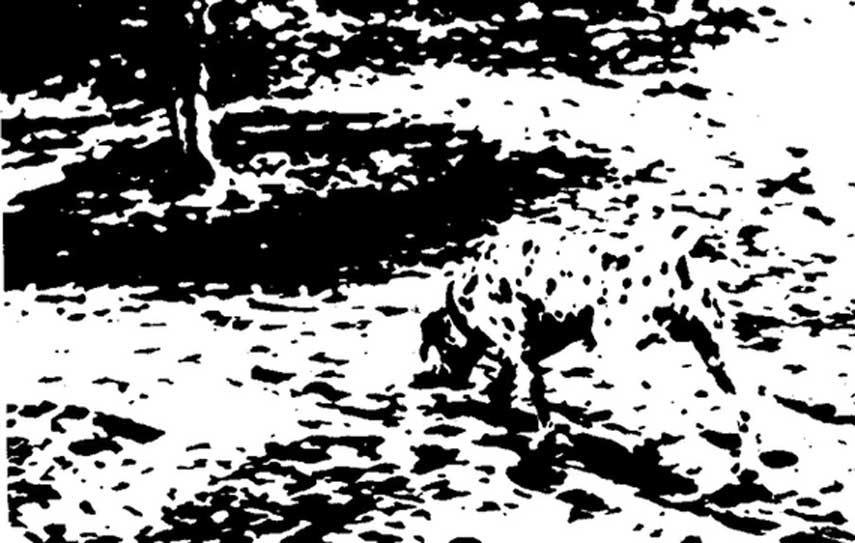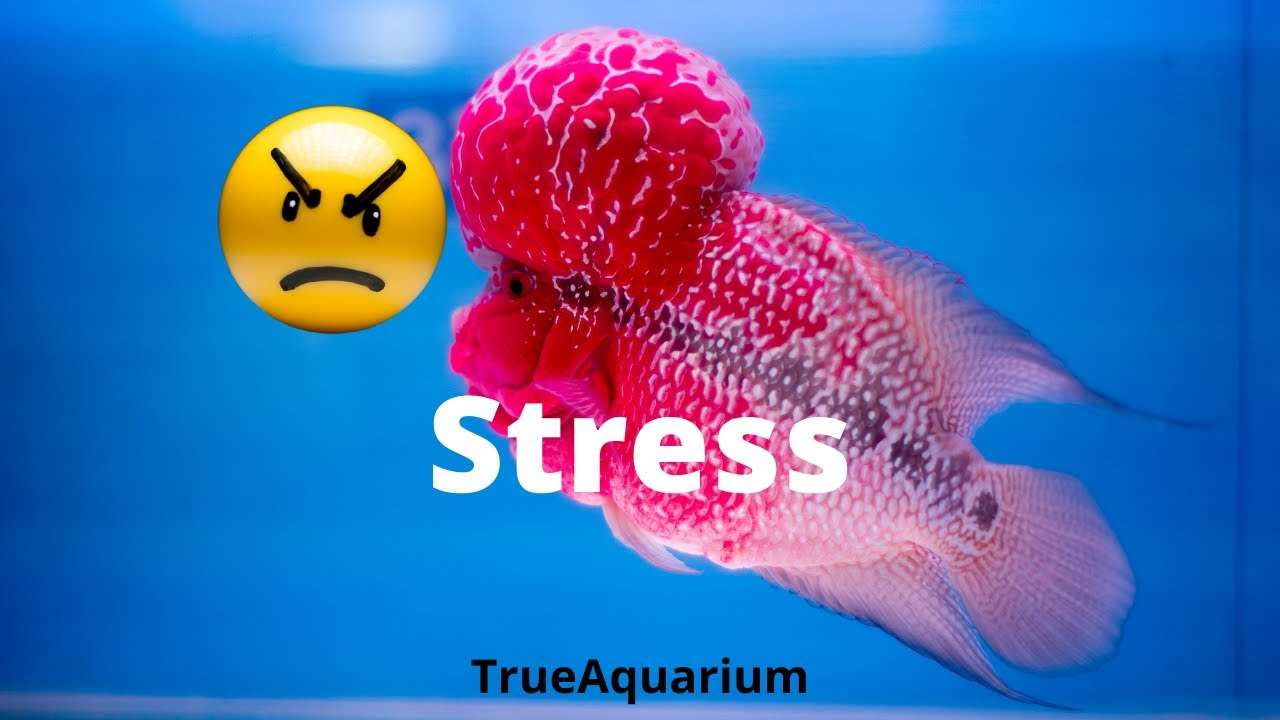Visual illusions
Visual illusions happen when our visual perception is “tricked” into seeing something inaccurately as the brain uses inappropriate strategies for interpreting sensory information received.
There are a number of reasons this happens such as:
- Misinterpreting depth cues – We incorrectly apply the rules of depth perception.

The Ponzo illusion
Depth cues help us to identify distance but with line drawings, we can be easily misled.
The Ponzo illusion above relies on the depth cue of linear perspective with the two outer lines of the drawing creating an illusion of perspective.
We therefore unconsciously see the top lines being further away and thus perceive it as being longer.
Measuring the lines however you can see they are both the same length.
The Muller-Lyer illusion
A similar effect is perceived with the Muller-Lyer illusion where we perceive the length of the lines as different dependent on whether the arrow points outwards or inwards – in truth the lines are of equal length:
 Ambiguity – When an image could well be one thing or another.
Ambiguity – When an image could well be one thing or another.
Ambiguity is another cause for visual illusions.
When there are two equally possible explanations, the brain focuses on one explanation rather than the other.
The Rubin’s Vase illusion
The Rubin’s vase illusion is an example of this; we see either a vase or it could be two faces seen from the side.
We are able to see either the vase or the faces but not both at the same time as the other disappears.

The Necker Cube
The Necker Cube is another example of ambiguity.
The image of the Necker Cube is so ambiguous, the brain cannot decide where the front is as the image is perfectly balanced. It can, therefore, be seen in different ways as there is more than one possible viewpoint for it.

Fiction – Creating something that isn’t really there in order to complete the image.
The third type of illusion created by our minds is fiction.
The Kanizsa Triangle
The Kanizsa triangle is a good example of this below. We see a triangle in the middle but in reality, it is not there and a form of fiction our perception has created which has been influenced by the shapes around it.
Our perceptual system generates an image which fills the gap to create something plausible for us.

Size constancy – keeping the original perception of the size of an object even when information received by the eyes changes.
 Perceptual constancy is about how we perceive objects as being the same (constant) even when the visual image we receive is different.
Perceptual constancy is about how we perceive objects as being the same (constant) even when the visual image we receive is different.
For example, if we look at a cup from different angles, the shapes we receive on the retina of our eyes is very different but we still see the same shape because we are applying constancy scaling which helps us make allowances for these changes. This is known as shape constancy.
A similar process occurs when we see people who are in the distance.
As they are further away we see them as smaller but as they approach we do not see them growing larger even though this is what is happening in the visual image. We apply size constancy which enables us to see them as the same size in reality.
The Ames Room illusion
The Ames room uses size constancy to produce a visual illusion.
It does this because we look at it from a specific viewpoint and the result is we see one person as being much larger than another.
This happens because although the room looks square it isn’t in reality.
The two people are also at different distances with the person who appears smaller actually being further away however the lines of the room are carefully designed to mask this from the observer.
See the image above and video below on how the Ames room actually works.
Imagine you’re in a car and you see a tree in the distance. How is it that as we drive closer the tree begins to look bigger? Trees obviously aren’t growing. So what is causing this? I’ll give you a hint… it’s our brain and eyes using depth cues. Depth perception refers to the ability to see the world in 3D and judge how far away/close objects are from and to us. This judgement is very important for navigating everyday life. How we move from one point to another relies quite heavily on our ability to perceive depth, and even picking up an object, such as your pencil, relies on the ability to judge depth.
For example, if we were crossing the road and couldn’t judge how far away a car was, it would be a bit of a disaster.
Let’s take a look at depth cues in psychology!
- We will start by taking a look at monocular depth cues definition psychology and binocular depth cues psychology.
- We will then move on to look at monocular depth cues examples whilst exploring aspects such as height in plane, relative size, occlusion and linear perspective.
- Moving along to do the same and looking at binocular depth cues examples, focusing on convergence and retinal disparity.
-
Finally, we will highlight the difference between monocular and binocular depth cues.
Monocular Depth Cues – Definition in Psychology
Monocular depth cues in psychology can be defined as:
Monocular depth cues: information about the depth that can be judged using only one eye. Monocular depth cues can be used in pictures, so a lot of monocular depth cues are used in art to give viewers a sense of depth.
Binocular Depth Cues – Definition in Psychology
Binocular depth cues in psychology can be defined as:
Binocular depth cues: information about depth that uses both eyes to see and understand 3D space; this is a lot easier for our brains to comprehend than monocular depth cues.
The difference between monocular and binocular depth cues is that monocular depth cues use one eye to judge depth, and binocular depth cues use both eyes to perceive depth.
Monocular Depth Cues – Types and Examples
There are four monocular depth cues you will need to know for GCSE psychology. These are:
- Height in plane
- Relative size
- Occlusion
- Linear perspective.
Height in plane
Height in plane is when objects placed higher up appear or would be interpreted as further away. Have a look at the monocular depth cues example below, note that the house that is placed higher would be interpreted as being further away from us, and the house lower down would be seen as being closer to us.
 Example of height in plane, Erika Hae, StudySmarter Originals
Example of height in plane, Erika Hae, StudySmarter Originals
Relative size
If there are two objects that are the same size (e.g., two trees of the same size), the object that is closer will look larger. Have a look at the monocular depth cues example below, tree number 1 seems closer because it is larger, and tree number 2 seems further away because it is smaller.
 Example of relative size, Erika Hae, StudySmarter Originals
Example of relative size, Erika Hae, StudySmarter Originals
Occlusion
This is when one object partially hides another object. The object in front that is overlapping the other is perceived to be closer than the one that is being partially hidden. Look at the monocular depth cues example below; the rectangle appears closer as it overlaps and partially hides the triangle.
When we see objects we know at different distances away from us, we use size constancy. An object that is far away will make a small image on the retina. An object that is right in front of us will make a big image on the retina. Size constancy adjusts vision to make objects appear normal in size.
When we see objects we know at different distances away from us, we use size constancy. An object that is far away will make a big image on the retina. An object that is right in front of us will make a small image on the retina. Size constancy adjusts vision to make objects appear bigger in size.
https://www.youtube.com/watch?v=7GJJXLiN4Ug



